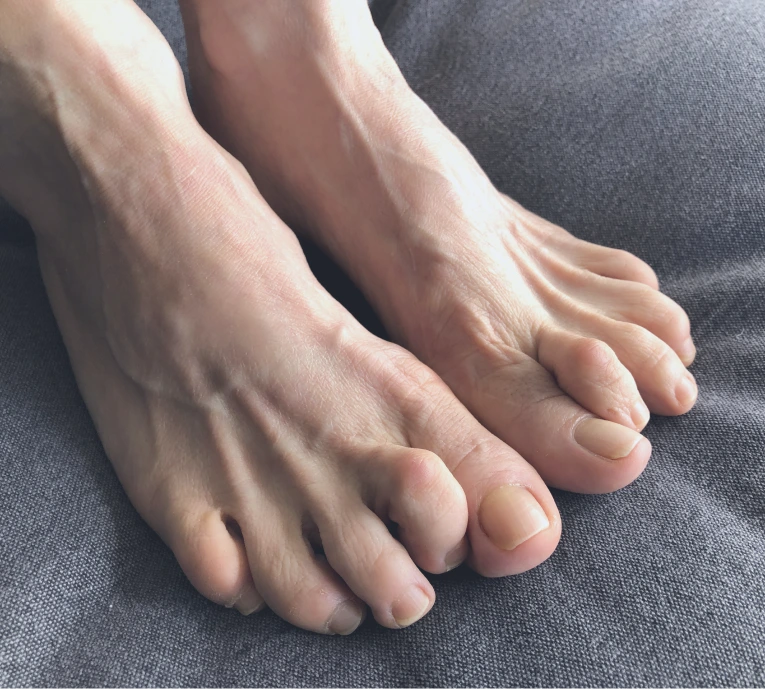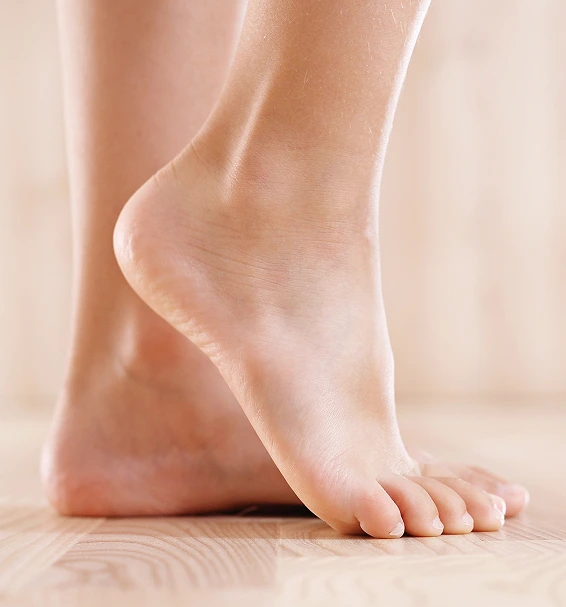Hammertoe surgery is a corrective procedure that addresses a deformity where one or more toes bend abnormally at the middle joint. This treatment aims to straighten the affected area, which can be any toe, including the big toe, by releasing tight tendons and realigning the bones. While the procedure varies depending on the severity of the condition, it generally involves adjusting the bone and soft tissue structures that contribute to the hammertoe deformity. Surgery may be performed using various techniques, including joint fusion, tendon transfer, or joint resection, all targeted at correcting the abnormal bending at the middle joint. This surgical approach aims to restore normal toe alignment and function, allowing patients to walk comfortably and wear shoes without pain or irritation.









The cost of hammertoe surgery in Miami ranges from $3,500 to $10,000, depending on the complexity of the procedure, doctor’s expertise, and facility fees. Additional expenses may include pre-operative consultations, anesthesia, and follow-up care. Patients should also consider costs related to post-surgical recovery, including specialized footwear or shoe inserts that aid in proper healing. Insurance coverage often helps offset some of these expenses. A thorough consultation with Dr. Oganesyan will provide a clearer understanding of the financial aspects involved.
